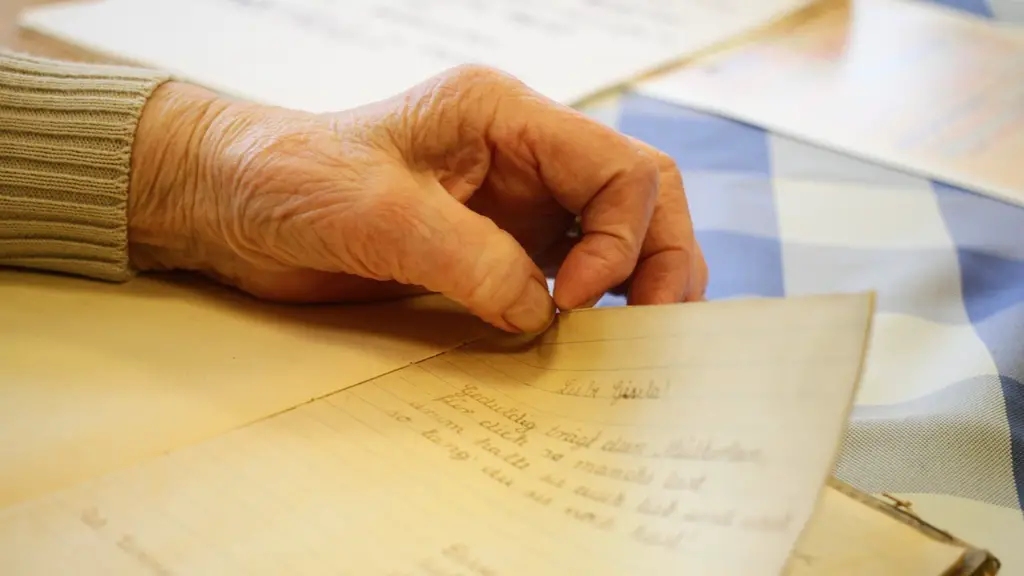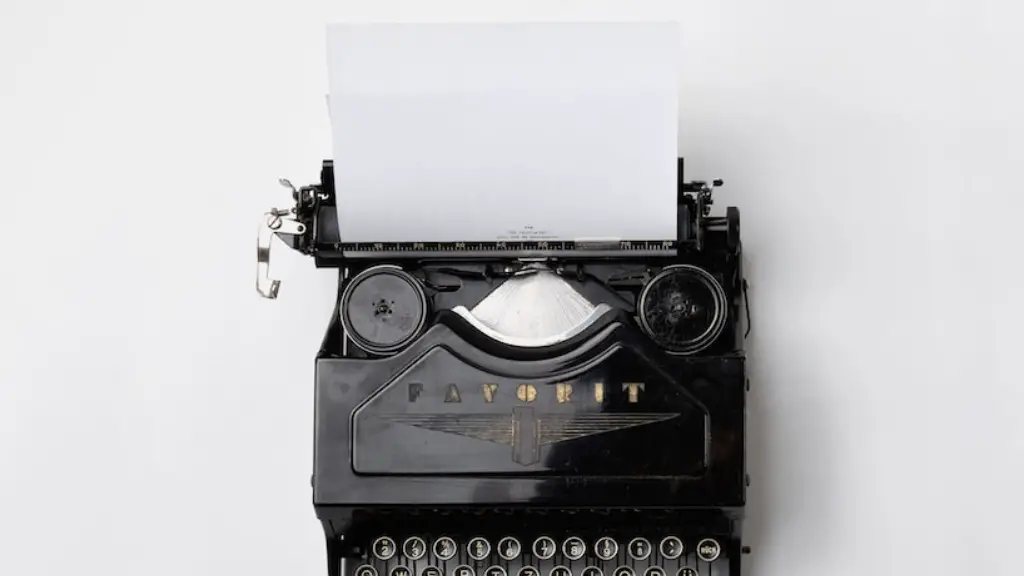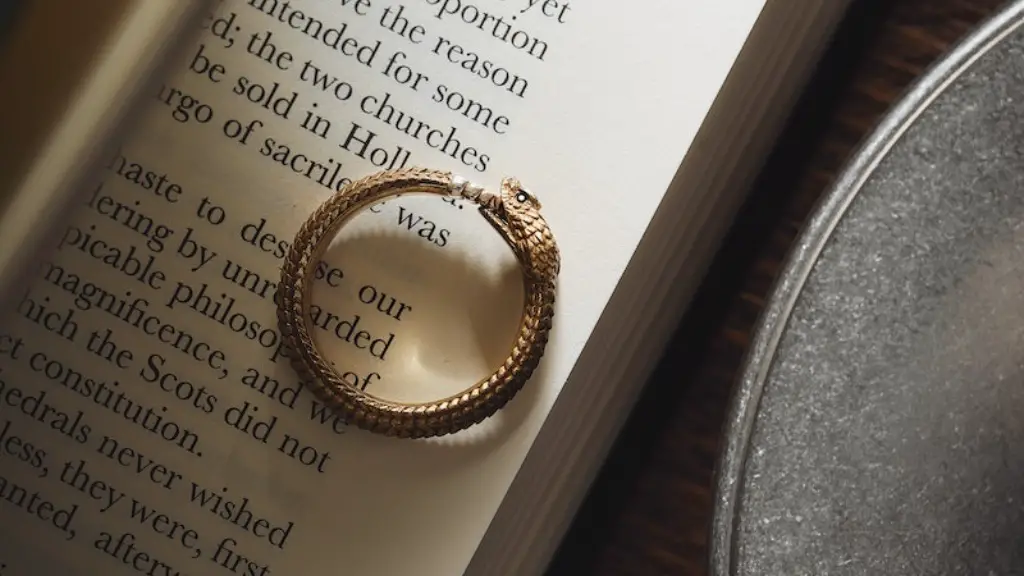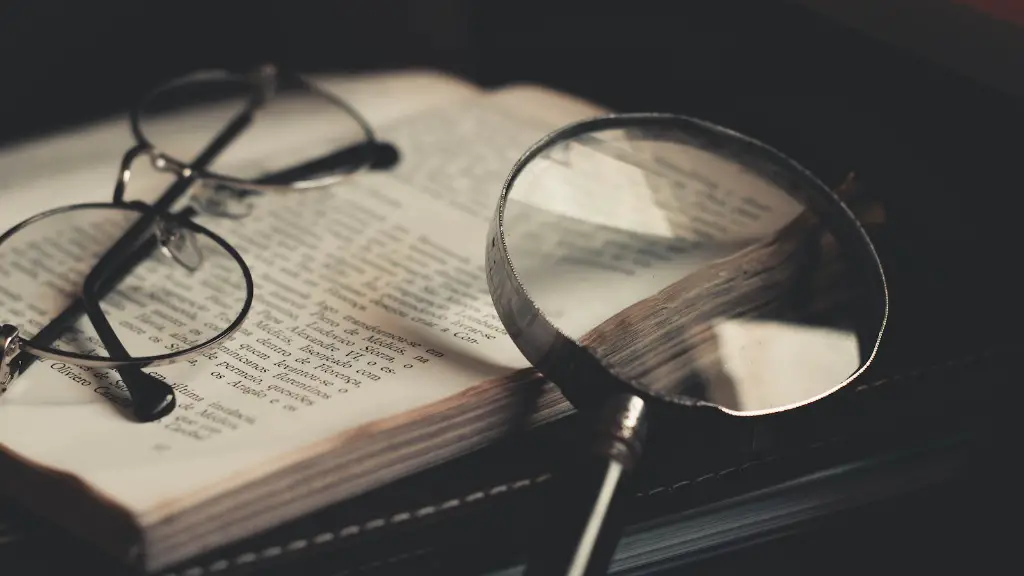Emily Dickinson is one of the most renowned poets in American history. Her poems are known for their unusual and often cryptic subject matter. Many of her poems deal with death, love, and nature.
Many of Emily Dickinson’s poems are about death and dying. She wrote about the subject of death more than any other topic.
What did Emily Dickinson write about?
Emily Dickinson was a keen observer, and she used images from nature, religion, law, music, commerce, medicine, fashion, and domestic activities to probe universal themes. She was particularly interested in the wonders of nature, the identity of the self, death and immortality, and love.
In her work, Dickinson asserts the importance of the self, a theme closely related to Dickinson’s censure of God. As Dickinson understood it, the mere act of speaking or writing is an affirmation of the will, and the call of the poet, in particular, is the call to explore and express the self to others. Dickinson’s exploration of the self is a journey into the unknown, a search for meaning and purpose in a world that often seems chaotic and meaningless. The self, for Dickinson, is a source of strength and power, a force to be reckoned with. Dickinson’s poetry is a celebration of the self, and a call to all who would listen to embrace their own power and potential.
What is unique about Emily Dickinson’s poems
Emily Dickinson’s writing style is definitely unique. She used extensive dashes, dots, and unconventional capitalization, in addition to vivid imagery and idiosyncratic vocabulary. Instead of using pentameter, she was more inclined to use trimester, tetrameter, and even dimeter at times. This made her writing stand out from the rest, and her poems are still remembered and loved today.
Emily Dickinson’s poems often employ short stanzas, usually quatrains, with short lines. This gives her poems a distinctive rhythm, which is further emphasized by the rhyming on the second and fourth lines. Other stanzas employ triplets or pairs of couplets, and a few poems employ longer, looser, and more complicated stanzas. This variety helps to keep the reader’s attention and makes Dickinson’s poems more interesting to read.
Why did Emily Dickinson wrote about death?
In the 19th century, life in a small New England town often had a high mortality rate for young people. As a result, death-scenes in homes were not uncommon, and this factor likely contributed to Emily Dickinson’s preoccupation with death, as well as her withdrawal from the world, her anguish over her lack of romantic love, and her doubts.
Emily Dickinson was an independent thinker who was never afraid to challenge the status quo. She encouraged people to be open-minded and embrace their individuality. Her poems challenged conventional ideas about marriage, family, and religion. Many people have used her lessons as a source of inspiration over the years.
What was strange about Emily Dickinson?
Emily was considered strange by the residents of her hometown as she took to wearing white clothing much of the time, and also for her reclusive nature. She eventually refused to come downstairs to greet her guests and sometimes would only hold conversations through the closed door of her bedroom.
Dickinson was a highly talented and skilled poet, and her work was heavily influenced by the Metaphysical poets of seventeenth-century England. These poets, including John Donne and Andrew Marvell, were known for their complex and often convoluted metaphysical conceits, and Dickinson was clearly inspired by their work. Additionally, her reading of the Book of Revelation, with its apocalyptic visions of heaven and hell, also played a role in shaping her poetry. Finally, her upbringing in a Puritan New England town meant that she was exposed to a very conservative and orthodox version of Christianity, which also influenced her writing.
How to analyze Emily Dickinson poems
Here are some tips for reading the poems of Emily Dickinson:
1. Stay open to linguistic surprise. Dickinson’s poems often contain unexpected or unusual language, and it can be rewarding to try to parse these unusual turns of phrase.
2. Read the poem again. Because Dickinson’s poems are often so dense, it can be helpful to read them through once to get a general sense of the poem, and then to go back and re-read (or even re-read multiple times) to pick up on details that you may have missed the first time around.
3. Review Major Characteristics of Dickinson’s Poetry. Familiarizing yourself with some of the key characteristics of Dickinson’s poetry (e.g., her use of enjambment, her penchant for dashes, etc.) will help you to better understand and appreciate her poems.
4. Set aside the expectation that a poem has to “mean” one thing. Dickinson is often deliberately ambiguous in her poems, and it is often more productive to think about what a poem could mean, rather than trying to find a single, definitive interpretation.
5. Try “filling in the blanks.” Because of the way that Dickinson often compresses her language
Emily Dickinson is considered one of America’s greatest poets. Her poetry is characterized by its unconventionality, varied moods, shortness and conciseness, lack of titles, individualism, transcendentalism, unbiased opinions, mysticism, and realism.
Is Emily Dickinson a romantic poet?
Emily Dickinson is one of the most famous female poets of this time period. As a Romantic figure, she was influenced by transcendentalism and dark romanticism. She is known for bridging the gap to Realism, and her works tend to focus on expressing the hidden consciousness of fragmented thoughts.
Hope is a beautiful thing. It’s like a bird that perches in your soul and sings songs of joy, even when there are no words to speak. Hope never dies, it’s always there to lift you up when you’re feeling down.
What were Emily Dickinson’s last words
Emily Dickinson was an American poet who died of Bright’s disease in 1886. In her final days, she was only able to write brief notes to her niece. Dickinson’s final message contained the words, “I must go in, the fog is rising.”
Emily Dickinson is one of the most famous poets in American history. She is known for her unique style of writing, which often includes using dashes instead of traditional punctuation. In the final moments of the series, Emily is finally outside and down at the beach, where she hops in a boat and begins rowing towards her future. “Wait for me,” she says in voiceover, “I’m coming.” These final words are a reminder that even though Emily Dickinson may have been a recluse during her lifetime, she is still an inspiration to many people today.
What did Emily Dickinson refuse to do?
Emily Dickinson saw household cleaning as a never-ending task and refused to do it. She enjoyed gardening instead. This was because she felt that traditional domestic chores usually assigned to women in the nineteenth century were unfair.
Emily Dickinson was an American poet who is known for her unconventional themes, individualism, transcendentalism, spiritualism, realism and symbolism. Her poetry often deals with themes of death, loss, love, nature and spirituality. Dickinson was a highly individualistic poet who often eschewed traditional poetic forms and conventions. Instead, she often employed unconventional grammar and syntax in her poetry. Dickinson was also a transcendentalist and believed in the power of the individual to transcend the physical world. She was also a spiritualist who believed in the existence of an afterlife. Finally, Dickinson was a realist who often used symbolism and imagery in her poetry to communicate her thoughts and feelings.
Were Emily and Sue lovers
There has been much scholarship lately indicating that Emily Dickinson may have had a lifelong love affair with her childhood friend Susan Gilbert, who later became her sister-in-law after she married Emily’s brother Austin Dickinson. They lived next door to each other throughout their adult lives, and the evidence of their relationship is quite compelling. It seems likely that these two women shared a deep and lasting bond that was more than just sisterly or platonic.
It is now widely accepted that the man referred to in Emily Dickinson’s letters was Judge Otis Lord. Judge Lord was a widower of her father’s generation who proposed marriage to Dickinson late in his life. Dickinson politely declined the proposal, and she died in 1886 at the age of 56.
Warp Up
Emily Dickinson’s poems were about a range of topics, including love, nature, death, and religion.
Emily Dickinson’s poems often explore the theme of death. In her poems, Dickinson often reflects on the fragility of life and the transitory nature of existence. She frequently contemplates the finality of death and the mystery of what lies beyond.





